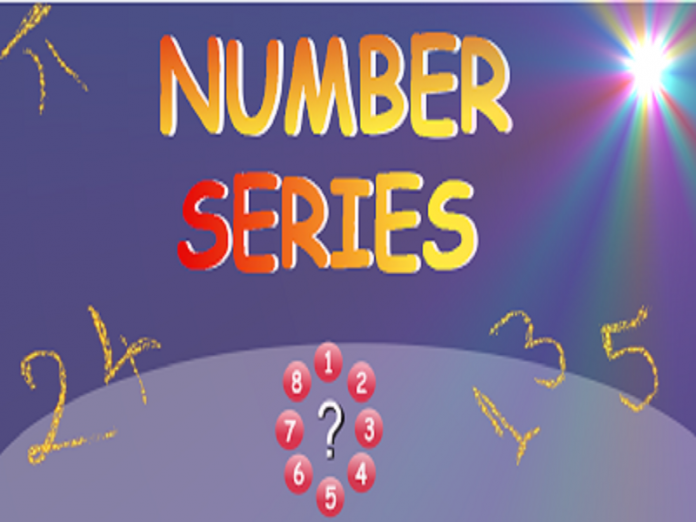Dear Friends,
We team Sehpaathi got to know that many of our visitors find too much trouble while solving the Quantitative Aptitude Section whenever appeared for any banking exams.So, we took an initiative to come up with our new concept i.e. IBPS Special in which we will provide you all necessary shortcuts,concepts, tricks with problems for each topic of Quantitative aptitude.So, we are here with the stuff related to “NUMBER SERIES”.
Number series form which at least 4- 5 questions use to come in the Banking Exams. We anticipate these would be viable to all of you.
What is Number Series ?
Number series is a arrangement of numbers in a certain order, where some numbers are wrongly put into the series of numbers and some number is missing in that series, we need to observe and find the accurate number to the series of numbers.
How to solve questions on “Number Series” ?
- Questions on number series give you a series of numbers which are all connected to each other. Once you have identified this pattern, solving the question becomes very simple
- This pattern can be of various kinds. Check the section below for a list of common patterns which are frequently present in the Banking exams.
- Once you have identified the pattern, apply it to the number before/ after the missing number in the series to get the desired answer.
Different types of Number Series:
- Perfect Square Series
This Types of Series are based on square of a number which is in same order and one square number is missing in that given series
Example : 441, 484, 529, 576?
Answer: 441 = 212, 484 = 222, 529 = 232, 576 = 242 , 625 = 252.
- Perfect Cube Series
This Types of Series are based on cube of a number which is in same order and one cube number is missing in that given series
Example : 1331, 1728, 2197, ?
Answer : 113 , 123 , 133 , 143
- Geometric Series
This type of series are based on ascending or descending order of numbers and each successive number is obtain by multiplying or dividing the previous number with a fixed number.
Example : 5, 45, 405, 3645,?
Answer: 5 x 9 = 45, 45 x 9 = 405, 405 x 9 = 3645, 3645 x 9 = 32805.
- Pure Series
In this type of number series, the number itself obeys certain order so that the character of the series can be found out.
- Prime Number Series
When numbers are a series of prime numbers (a natural number which is greater than 1 and has no positive divisors other than 1 and the number itself)
Example: 11, 13, 17, 19…
- Difference Series
- Mixed Series
This type of series are more than one different order are given in a series which arranged in alternatively in a single series or created according to any non-conventional rule. This mixed series Examples are describes in separately.
Examples: 11, 24, 50, 102, 206, ?
Answer:
11 x 2 = 22 +2 = 24,
24 x 2 = 48 + 2 = 50,
50 x 2 = 100 + 2 = 102,
102 x 2 = 204 + 2 = 206,
206 x 2 = 412 + 2 = 414.
So the missing number is 414
- Complex series
In some patterns the differences between numbers is dynamic rather than being fixed, but there still is a clear logical rule.
Example – 3, 4, 6, 9, 13, 18.. (here you can add 1 to the difference between two adjacent items. After the first
number add 1, after the second number add 2 and after the third number you can add 3)
- Odd one out Series
When all but one number is part of a series
For example – 5, 10, 12, 15, 20… (here all numbers except, 12 are multiples of 5)
- Two stage Type Series
ii. 6, 9, 17, 23,———-
PRACTICE SET
Do share us your reviews with us regarding our new initiative….. 🙂






















